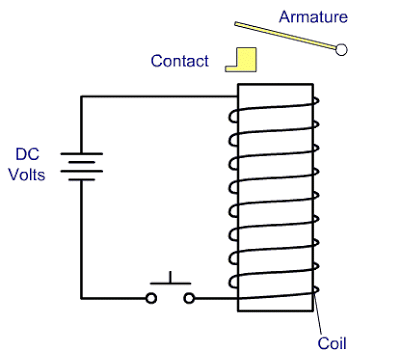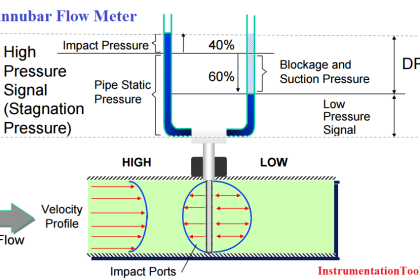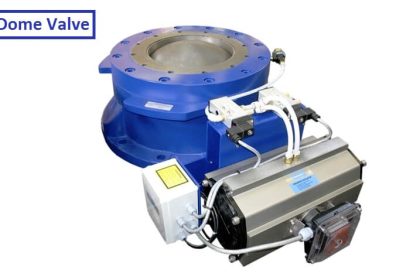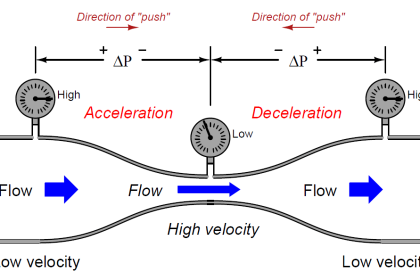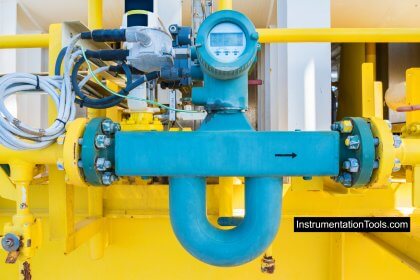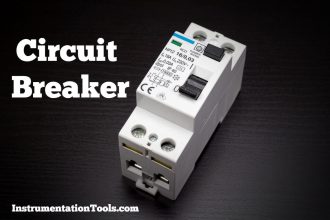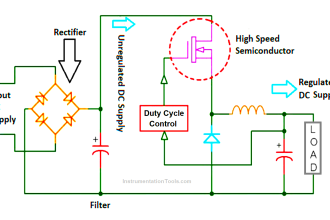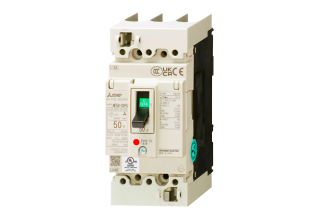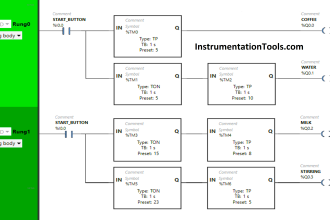A vortex flow meter comprising a flow sensor operable to sense pressure variations due to vortex shedding of a fluid in a passage and to convert the pressure variations to a flow sensor signal, in the form of an electrical signal.
A signal processor is operable to receive the flow sensor signal and to generate an output signal corresponding to the pressure variations due to the vortex-shedding of the fluid in the passage.
Vortex Flow Meter
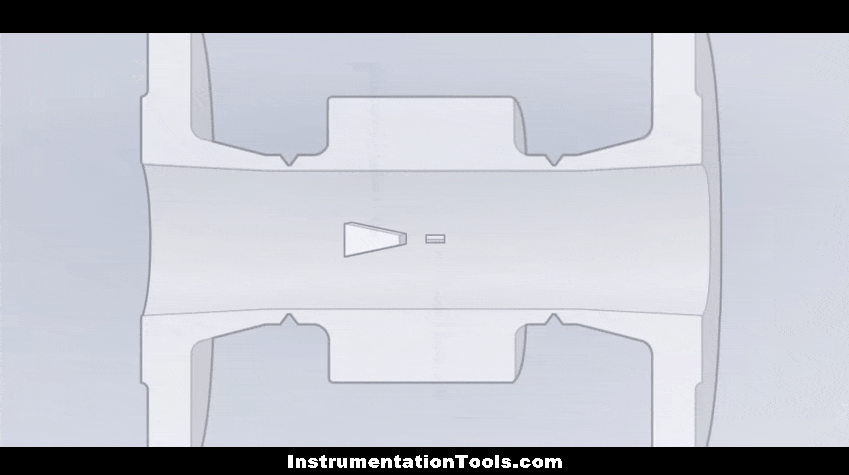
When the medium flows through the Bluff body at a certain speed, an alternately arranged vortex belt is generated behind the sides of the Bluff body, called the “von Kármán vortex”.
Since both sides of the vortex generator alternately generate the vortex, the pressure pulsation is generated on both sides of the generator, which makes the detector produce alternating stress.
The piezoelectric element encapsulated in the detection probe body generates an alternating charge signal with the same frequency as the vortex, under the action of alternating stress.
The frequency of these pulses is directly proportional to the flow rate. The signal is sent to the intelligent flow totalizer to be processed after being amplified by the pre-amplifier.
f = St×V/d
Wherein,
f is the releasing frequency of the Carmen vortex,
St is the Strouhal number,
V is velocity, and
d is the width of the triangular cylinder.
Applications of Vortex Flow Meters
The vortex flow meter is relatively economical because of its simple flow measurement system and ease of maintenance.
Vortex Flow Meters are widely used in heavy industrial applications, power facilities, and energy industries, particularly in steam processes
If you liked this article, then please subscribe to our YouTube Channel for Instrumentation, Electrical, PLC, and SCADA video tutorials.
You can also follow us on Facebook and Twitter to receive daily updates.
Read Next:
- Basics of SIL Verification
- Instrumentation Earthing
- Impulse Piping for Field Instruments
- Pressure Transmitters Purge Lines
- Principle of Vortex Flow Meter
